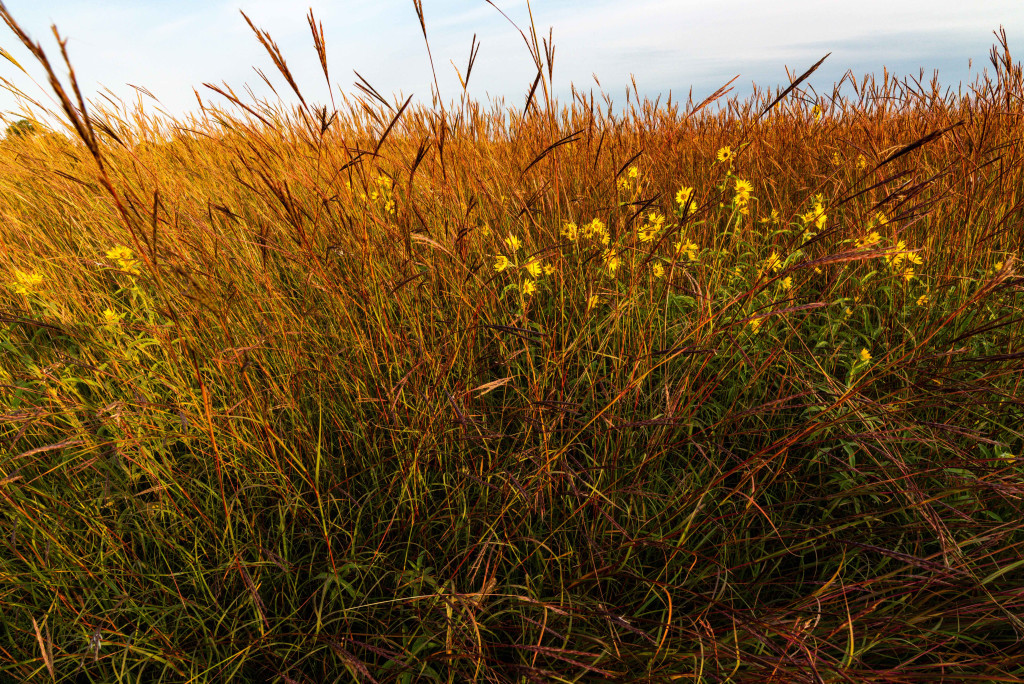Enlarge

Photo by Gerry Steinauer
By Jeff Kurrus and Gerry Steinauer
You can’t hunt every day of the hunting season, although some wives claim some years we try. To keep you occupied on the days you don’t hunt, the following are a few ideas for hunting season habitat management.
Maintaining Treeless Grasslands
Game birds, such as pheasants, quail and prairie grouse, prefer open, treeless grasslands. One simple, sure-fire fall or winter management practice to improve game bird habitat is cutting eastern red-cedars, from saplings to mature trees, that have invaded your prairie, pasture or Conservation Reserve Program field. Cut all stumps as close to the ground as possible to prevent future damage to vehicles. If you are aggressive and chainsaw many trees, you might consider piling them for burning when there is a good snow on the ground; snow will prevent the fire from escaping. And, since it is the holiday season, ponder keeping a shapely tree for decorating the house. Don’t worry, rumor has it that Santa will leave presents even under an invasive cedar tree.
At this time of year, you can also cut invasive deciduous trees, such as Siberian elm, autumn olive and honey locust, from your grasslands. However, since these are re-sprouters, you will have to immediately spray the cut stump with a triclopyr herbicide, such as Garlon 3A, or picloram herbicide, such as Tordon, to kill the root system. Use caution when using the latter as it can move through the soil and kill nearby desired trees. Information is available online regarding appropriate herbicide use.
Spraying Invasive Grasses
Invasion of grasslands by non-native, cool-season grasses, such as smooth brome and Kentucky bluegrass, is a problem throughout most of Nebraska. These mostly Eurasian grasses often out-compete our native grasses and wildflowers, which provide valuable food and cover for game birds.
Mid-fall through early winter is the best time to use herbicide application to check these invaders. Wait to spray until after a couple of hard frosts, which send native plants into dormancy, but not the invasive grasses that remain green and susceptible to contact herbicides.
Herbicide spraying can be done into late December; the later you spray, the better the kill on the invaders and the lower the odds of damaging natives. But here’s the catch, the brome and bluegrass or other invasive grass must be green when sprayed and the spraying must be done on the first of at least two consecutive days when the temperature reaches at least 50 degrees. On warm days, the plants are actively photosynthesizing and will take the chemical down into their roots ensuring effectiveness.
Small areas can be sprayed with hand sprayers, but for larger plots, use an all-terrain vehicle with a spray rig. Unfortunately, most commercial sprayers have winterized their equipment by the time these grasses are prime for spraying. Use a glyphosate herbicide such as Roundup, at a rate of two quarts per acre along with non-ionic surfactant and ammonium sulfate. Spraying works best if the field has been hayed or grazed in late summer to remove excess thatch that intercepts the herbicide, preventing it from reaching green leaves.
Our final tip: Ease your work load by persuading your hunting buddies to help with the management. Tell them that their work will mean more birds next year and, as a further enticement, promise that you’ll send them home with a free Christmas tree.
The post Hunting Season Habitat Management appeared first on Nebraskaland Magazine.
















